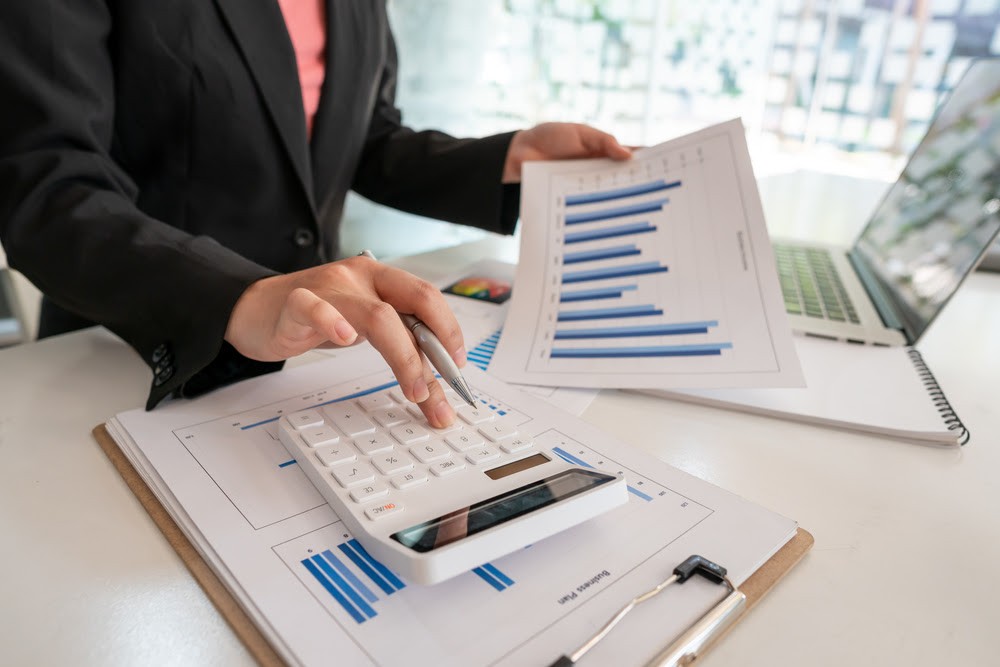An investor client of mine recently asked me for advice about the refinance of her investment property. Her dilemma revolved around whether she should pull any cash out during her refinance to purchase a second rental property versus just staying the course with her current rental property being paid off in 11 more years through her diligent additional monthly principal payments. Upon further inquiry, I learned that my client only owed $295K on the property that is valued at $1.1MM. I also learned that while she realizes that her roughly $800K of equity is going underutilized, she also does not want to extend the payoff of the property beyond 11 years from today. Given the above, I worked out two scenarios for her and with her permission, I am sharing my findings with you all in this issue of Real Estate Dollars and Sense.



Create an Account
Search the MLS and featured property listings in real time.